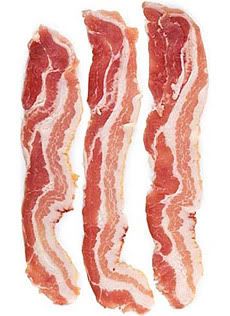In light of global warming and our depleted energy resources, many nations, including the US and Britain, are starting the process to phase out incandescent light bulbs in favor of energy-saving ones. Some problems that were not considered are now coming to light, as these excerpts from a British article show. As I take medication that makes me sensitive to light, I hope I will still be able to buy the bulbs I need to remain healthy in my own home!
BBC NEWS Health: Low-energy bulbs worsen rashes

The switch to energy-saving light bulbs may put thousands at risk of painful skin reactions, health charities warn.
Fluorescent bulbs can exacerbate skin rashes in people with photosensitive skin conditions, experts said.
The government is planning to prevent the sale of conventional bulbs by 2011 to cut carbon dioxide emissions.
Several groups including the British Association of Dermatologists called for exemptions to allow those affected to continue using traditional bulbs.But representatives of the lighting industry said there would be alternatives to fluorescent lighting available.
Health conditions which can involve some form of light sensitivity, include the auto-immune disease lupus, the genetic disorder Xeroderma Pigmentosum (XP), certain forms of eczema and dermatitis, photosensitivity, and porphyria.
Other groups have warned that low-energy bulbs, which use approximately a quarter of the energy of conventional bulbs, cause migraines and increase the risk of seizures in people with epilepsy.
Campaigners want people who have light sensitive conditions to be able to continue to buy conventional bulbs for their homes.
They warned that employers must also be able to purchase incandescent lighting as employees have a right to such adjustments under the terms of the Disability Discrimination Act.
The switch to energy-saving light bulbs may put thousands at risk of painful skin reactions, health charities warn.
Conventional or "incandescent" bulbs are being phased out in a voluntary agreement with retailers and will no longer be on sale from December 2011.
Andrew Langford, chief executive officer of the Skin Care Campaign, one of the charities involved, said: "Incandescent light bulbs are the only source of electric light for many thousands of people with light sensitive conditions.
"Add to this the thousands of people whose conditions or treatments may secondarily cause them to be light sensitive, and you have a large number of people potentially being isolated in the dark.
"We certainly don't want to say no to greener bulbs just that other bulbs need to be available."
Dr Colin Holden, President of the British Association of Dermatologists, said: "It is important that patients with photosensitive skin eruptions are allowed to use lights that don't exacerbate their condition.
"It is essential that such patients are able to protect themselves from specific wavelengths of light emitted by fluorescent bulbs, especially as they are often trapped indoors because they can't venture out in natural sunlight."
Kevin Verdun, chief executive of the lighting association said only two-thirds of incandescent bulbs were being phased out.
"These things have been taken into consideration and there will be bulbs they can still use.
"There are also halogen bulbs and LED bulbs coming in in the next two or three years."












